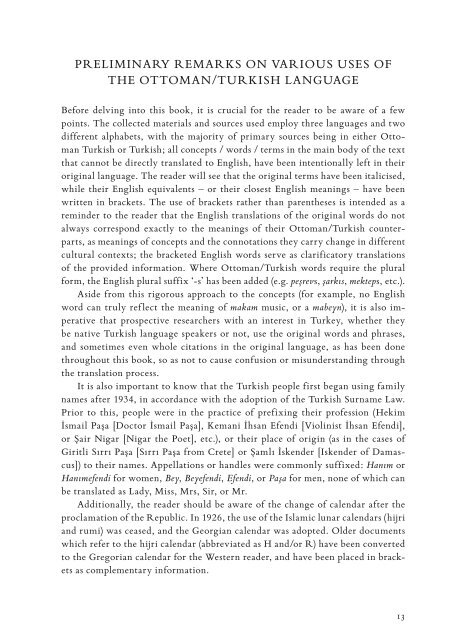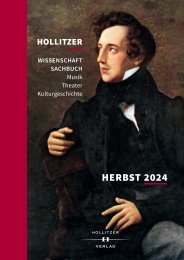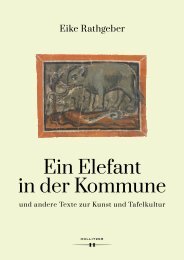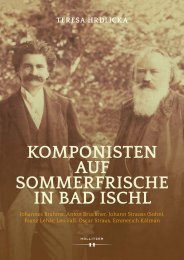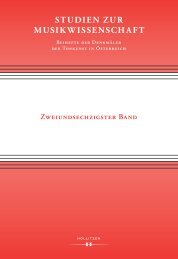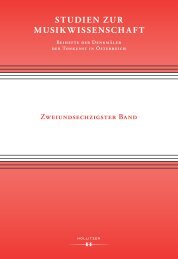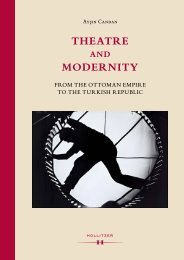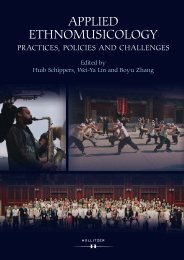Create successful ePaper yourself
Turn your PDF publications into a flip-book with our unique Google optimized e-Paper software.
PRELIMINARY REMARKS ON VARIOUS USES OF<br />
THE OTTOMAN/TURKISH LANGUAGE<br />
Before delving into this book, it is crucial for the reader to be aware of a few<br />
points. The collected materials and sources used employ three languages and two<br />
different alphabets, with the majority of primary sources being in either Ottoman<br />
Turkish or Turkish; all concepts / words / terms in the main body of the text<br />
that cannot be directly translated to English, have been intentionally left in their<br />
original language. The reader will see that the original terms have been italicised,<br />
while their English equivalents – or their closest English meanings – have been<br />
written in brackets. The use of brackets rather than parentheses is intended as a<br />
reminder to the reader that the English translations of the original words do not<br />
always correspond exactly to the meanings of their Ottoman/Turkish counterparts,<br />
as meanings of concepts and the connotations they carry change in different<br />
cultural contexts; the bracketed English words serve as clarificatory translations<br />
of the provided information. Where Ottoman/Turkish words require the plural<br />
form, the English plural suffix ‘-s’ has been added (e.g. peşrevs, şarkıs, mekteps, etc.).<br />
Aside from this rigorous approach to the concepts (for example, no English<br />
word can truly reflect the meaning of makam music, or a mabeyn), it is also imperative<br />
that prospective researchers with an interest in Turkey, whether they<br />
be native Turkish language speakers or not, use the original words and phrases,<br />
and sometimes even whole citations in the original language, as has been done<br />
throughout this book, so as not to cause confusion or misunderstanding through<br />
the translation process.<br />
It is also important to know that the Turkish people first began using family<br />
names after 1934, in accordance with the adoption of the Turkish Surname Law.<br />
Prior to this, people were in the practice of prefixing their profession (Hekim<br />
İsmail Paşa [Doctor İsmail Paşa], Kemani İhsan Efendi [Violinist İhsan Efendi],<br />
or Şair Nigar [Nigar the Poet], etc.), or their place of origin (as in the cases of<br />
Giritli Sırrı Paşa [Sırrı Paşa from Crete] or Şamlı İskender [Iskender of Damascus])<br />
to their names. Appellations or handles were commonly suffixed: Hanım or<br />
Hanımefendi for women, Bey, Beyefendi, Efendi, or Paşa for men, none of which can<br />
be translated as Lady, Miss, Mrs, Sir, or Mr.<br />
Additionally, the reader should be aware of the change of calendar after the<br />
proclamation of the Republic. In 1926, the use of the Islamic lunar calendars (hijri<br />
and rumi) was ceased, and the Georgian calendar was adopted. Older documents<br />
which refer to the hijri calendar (abbreviated as H and/or R) have been converted<br />
to the Gregorian calendar for the Western reader, and have been placed in brackets<br />
as complementary information.<br />
13


